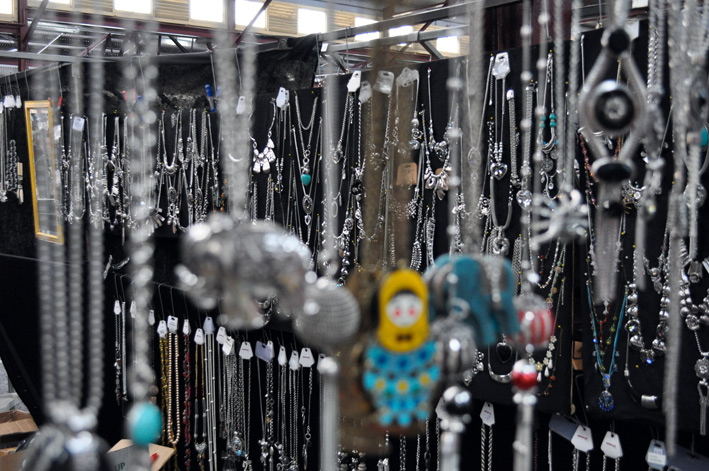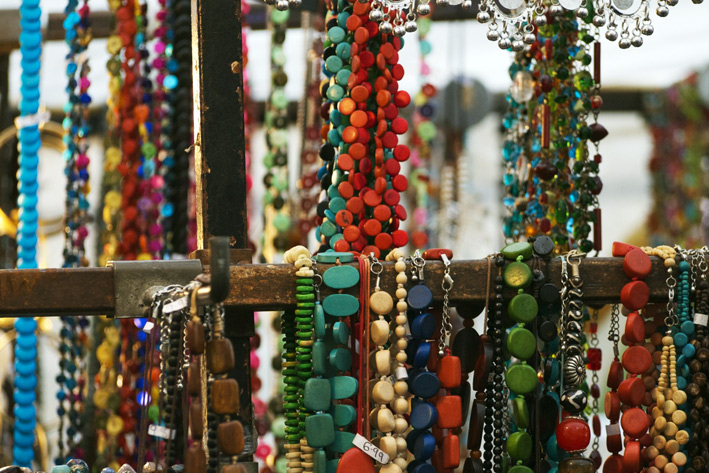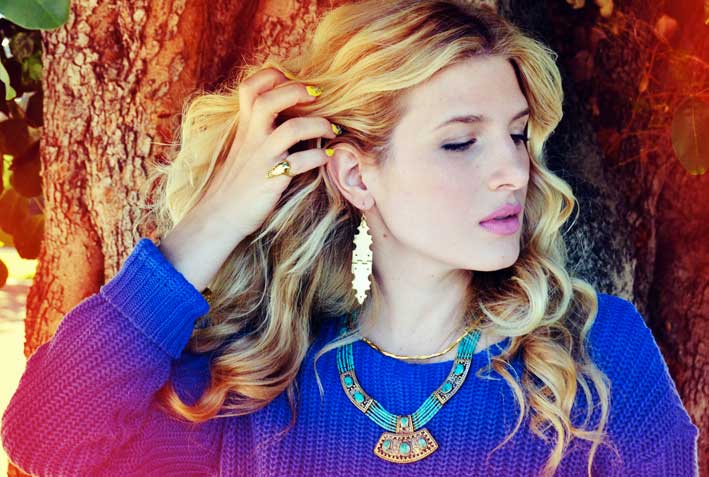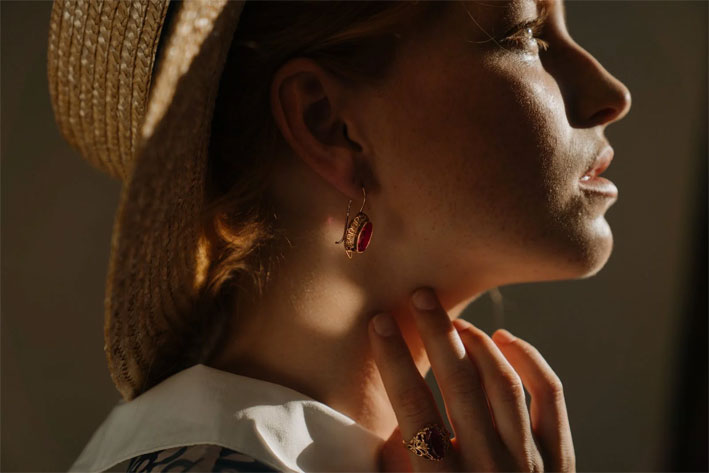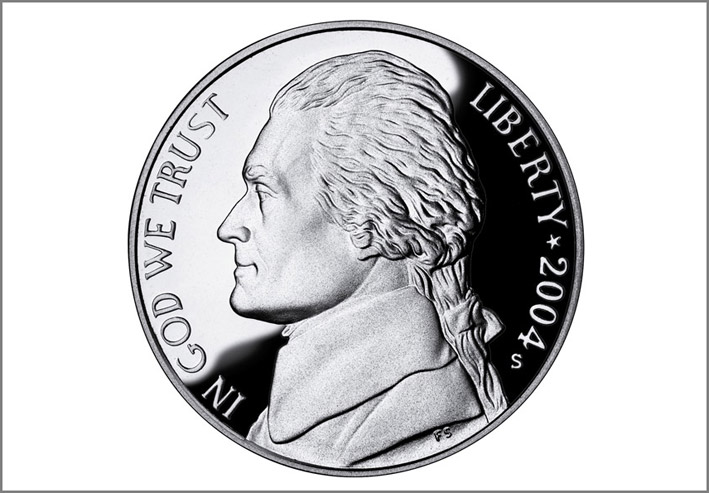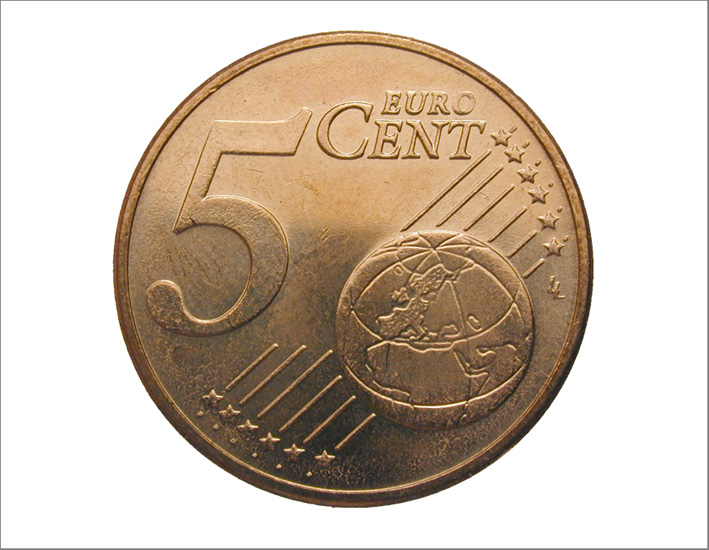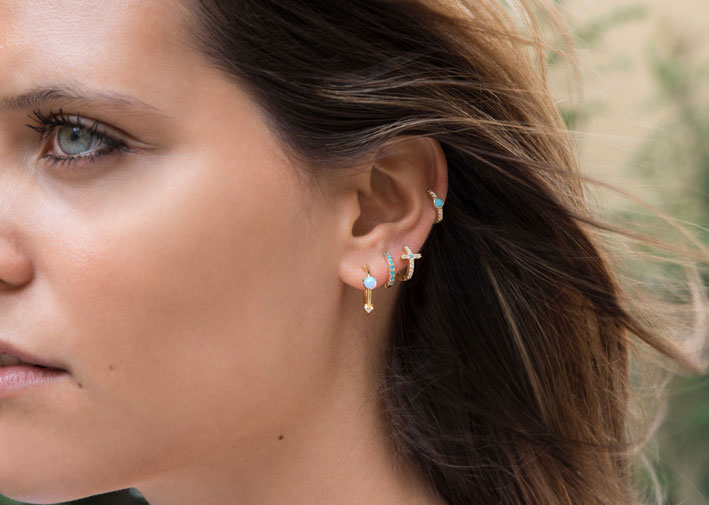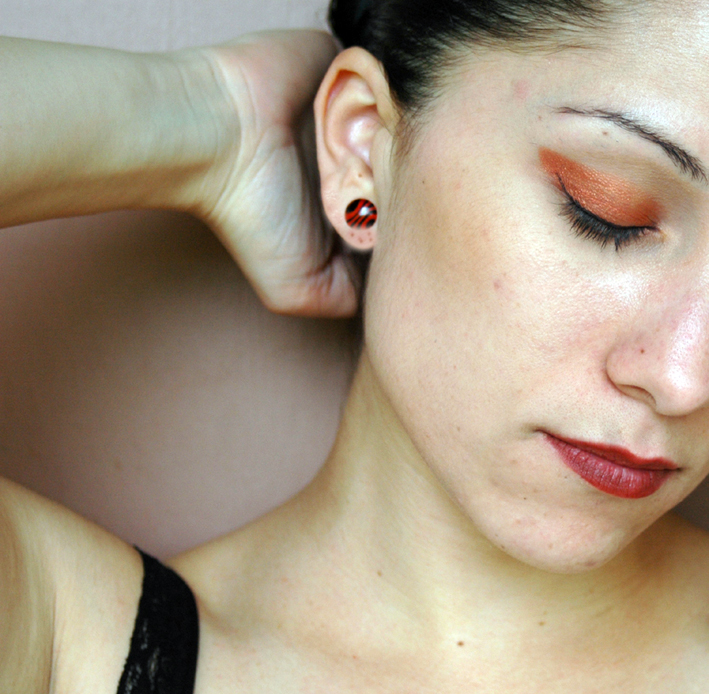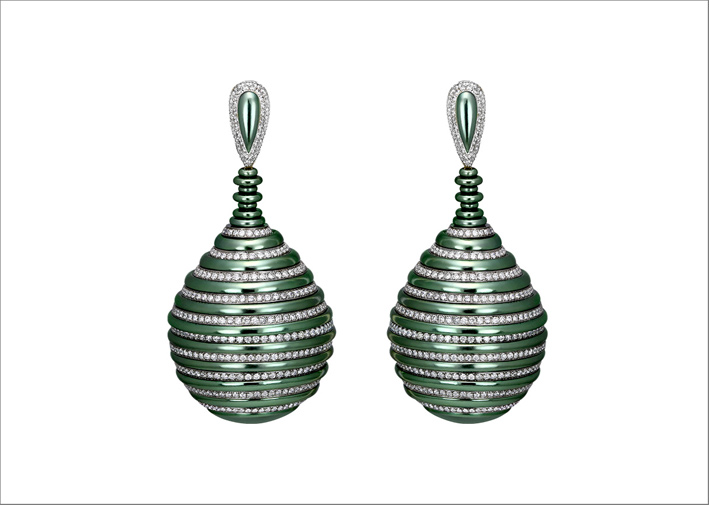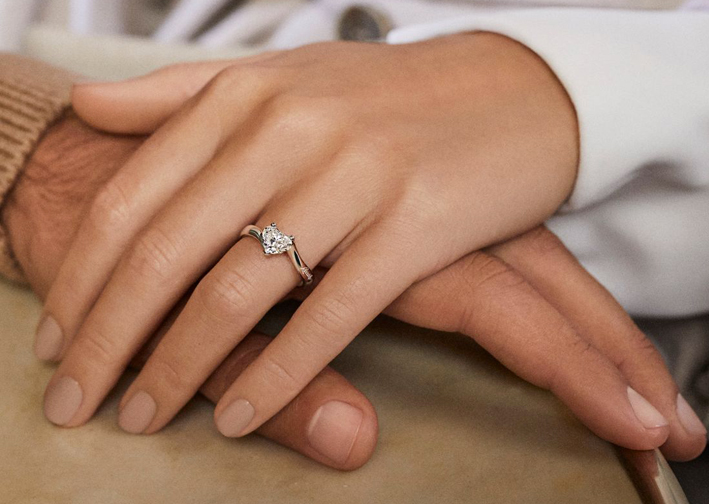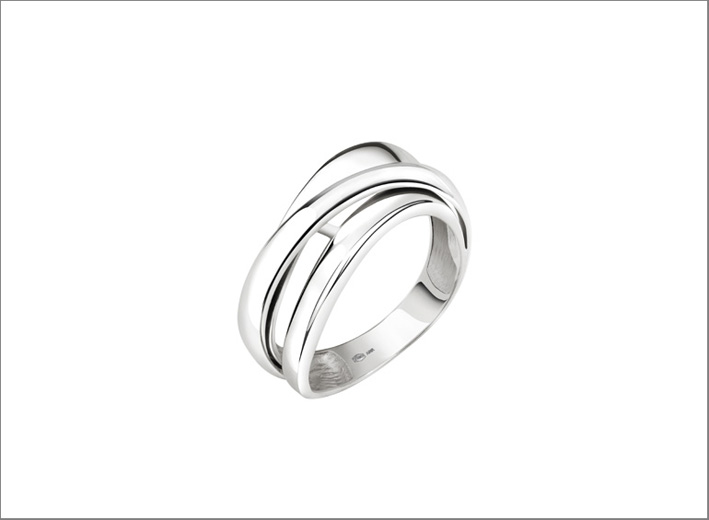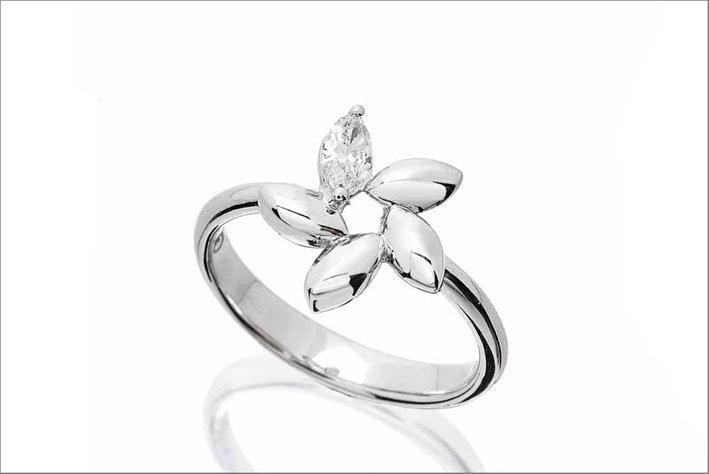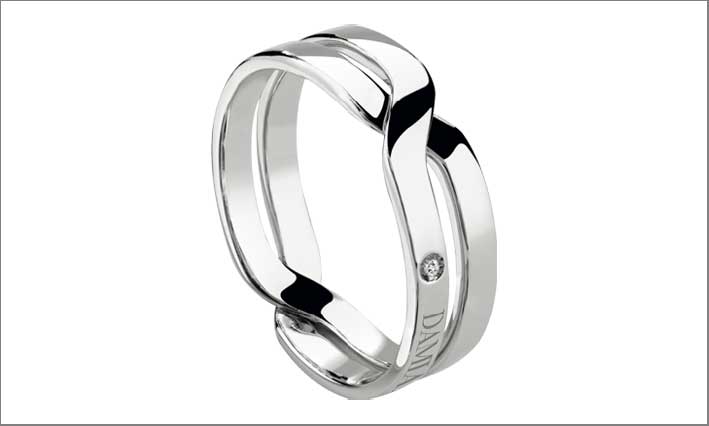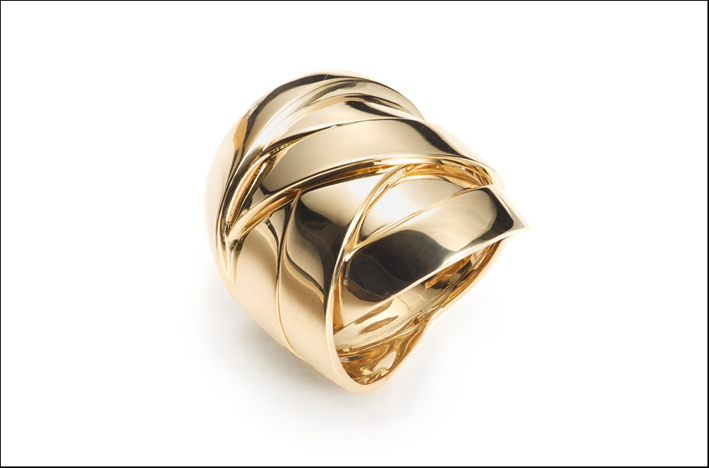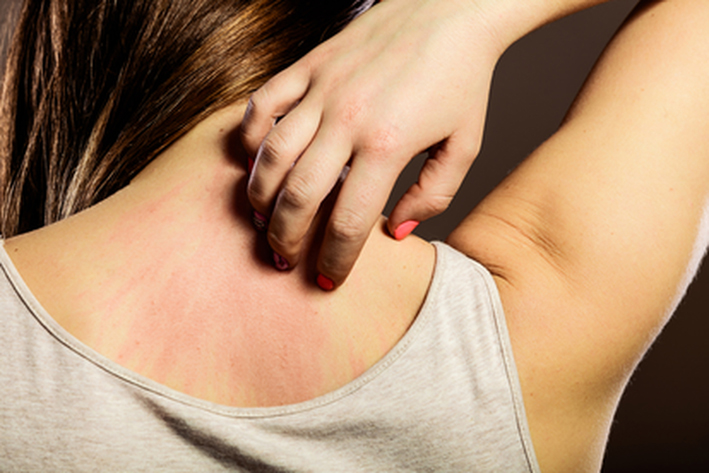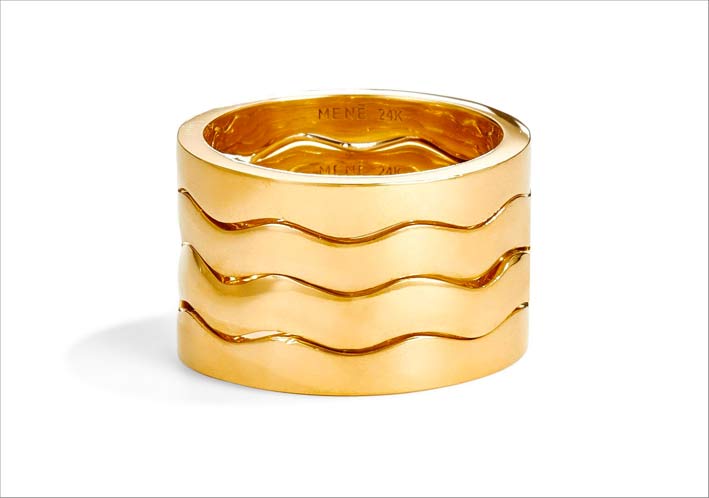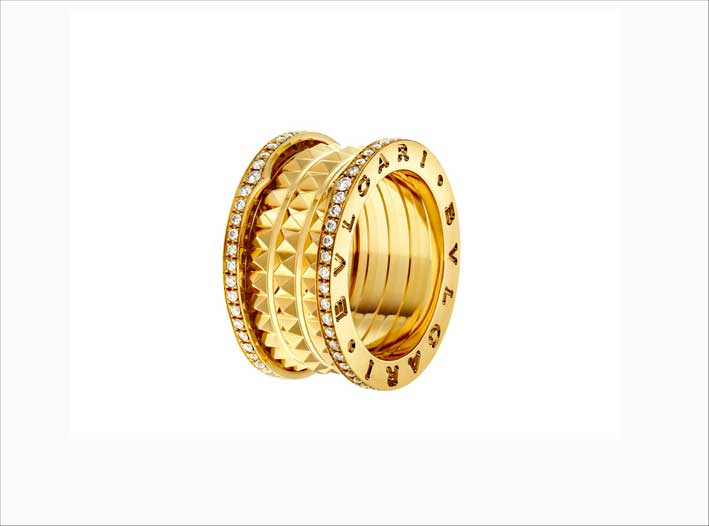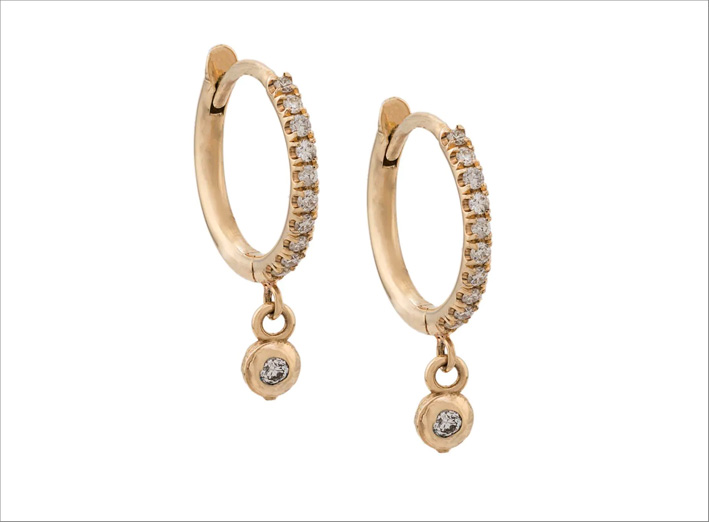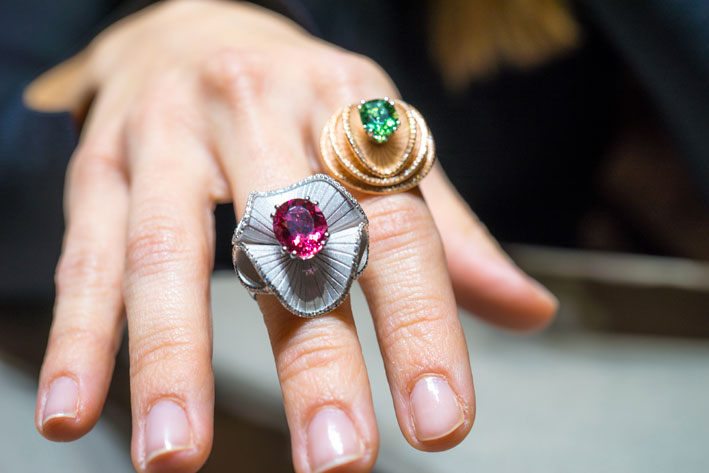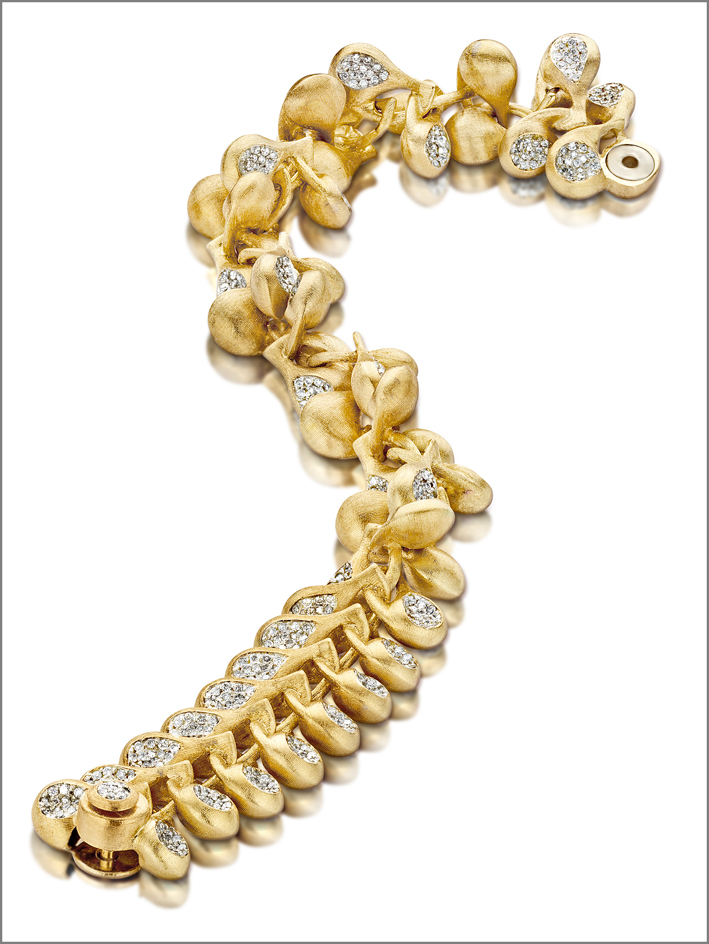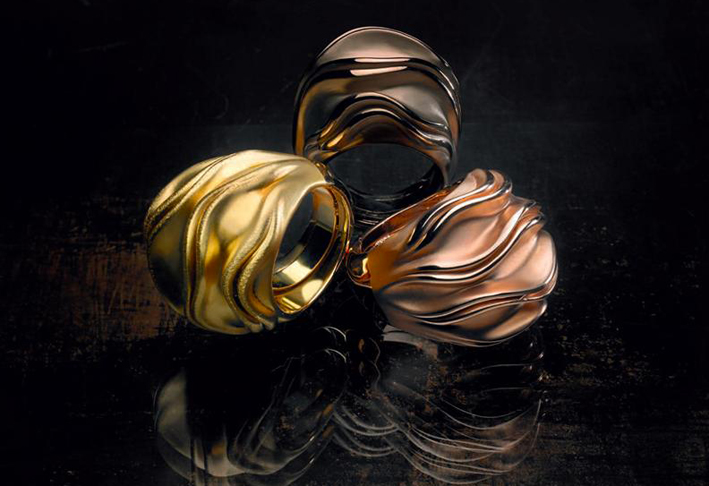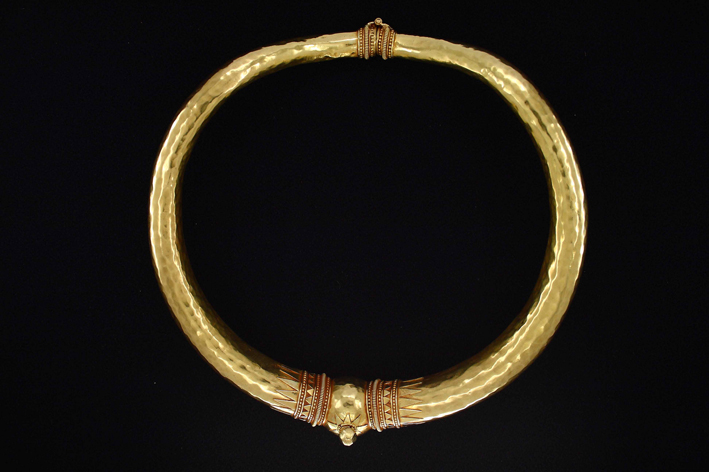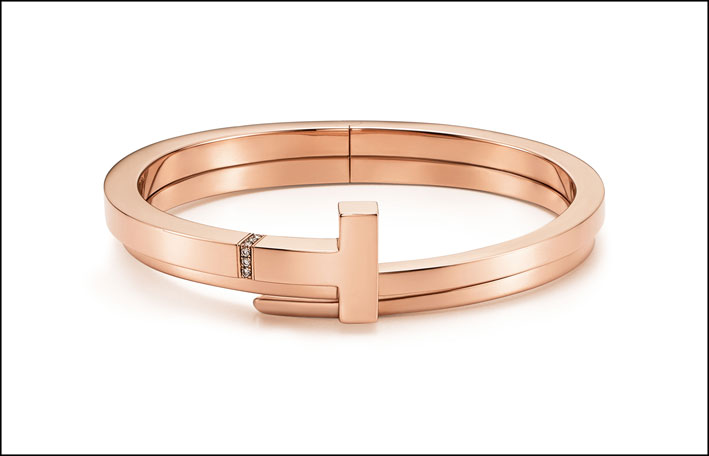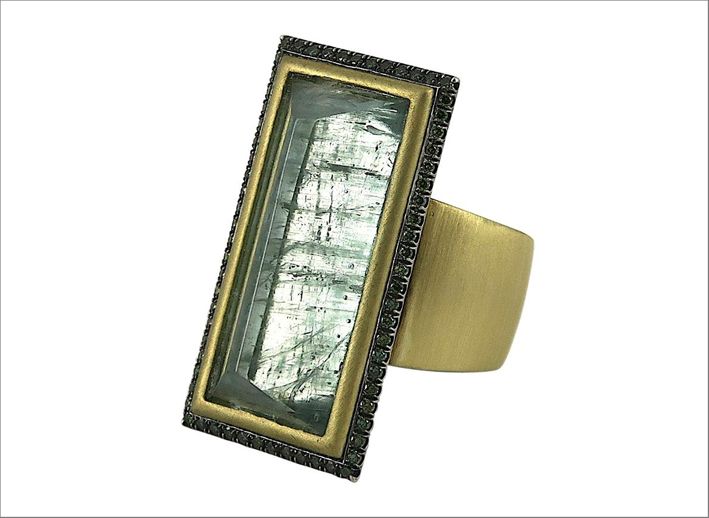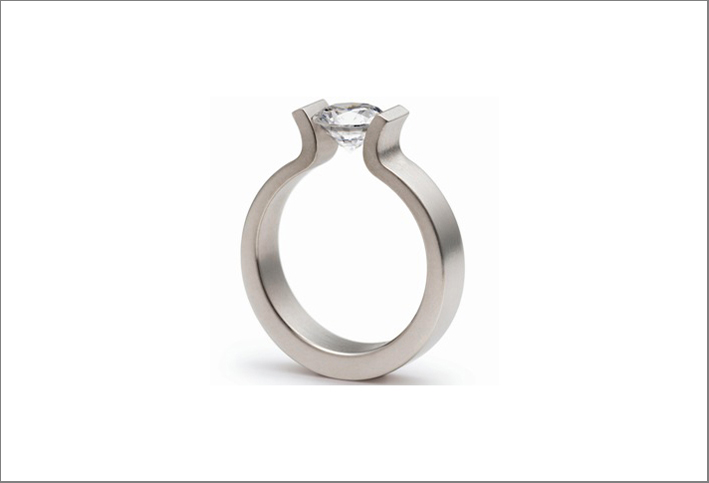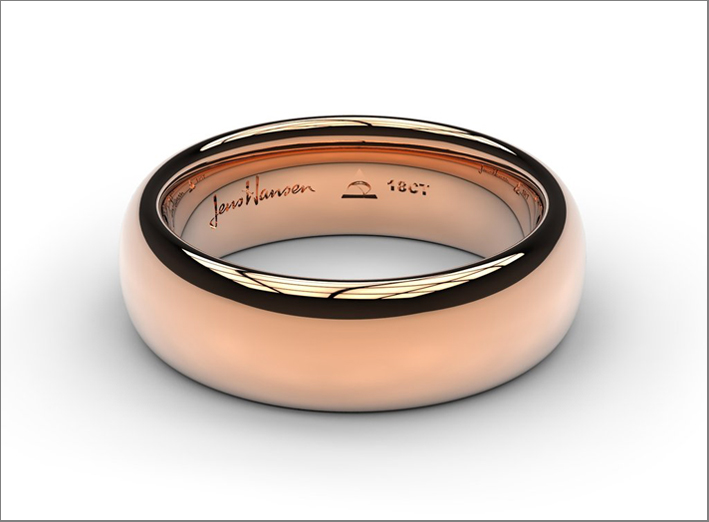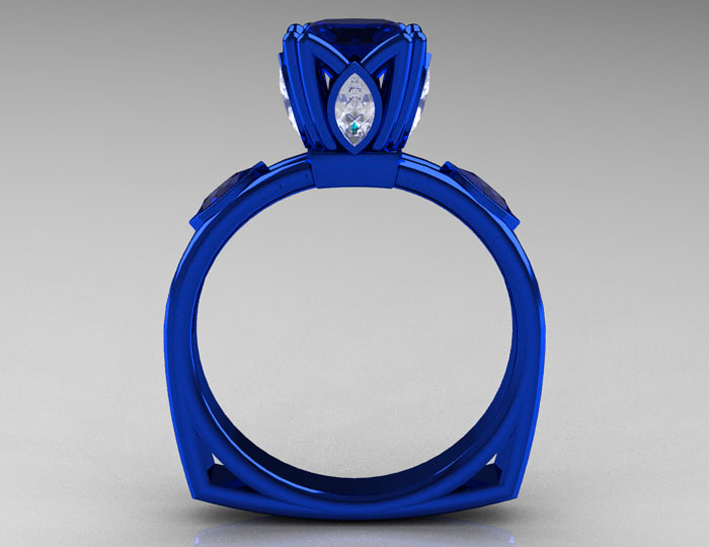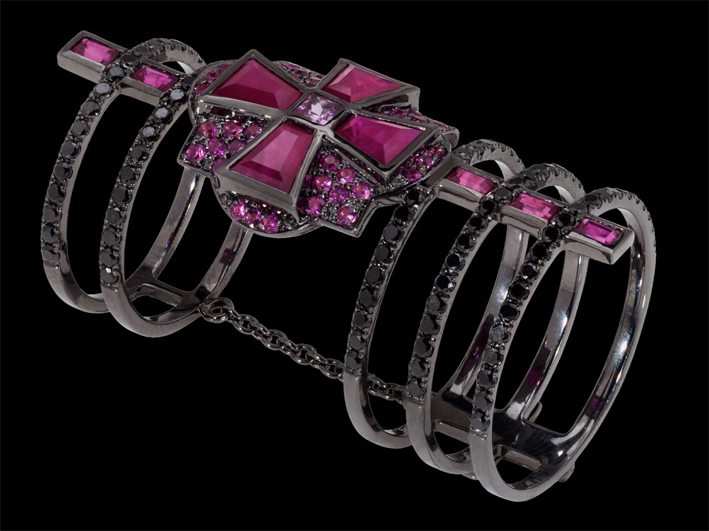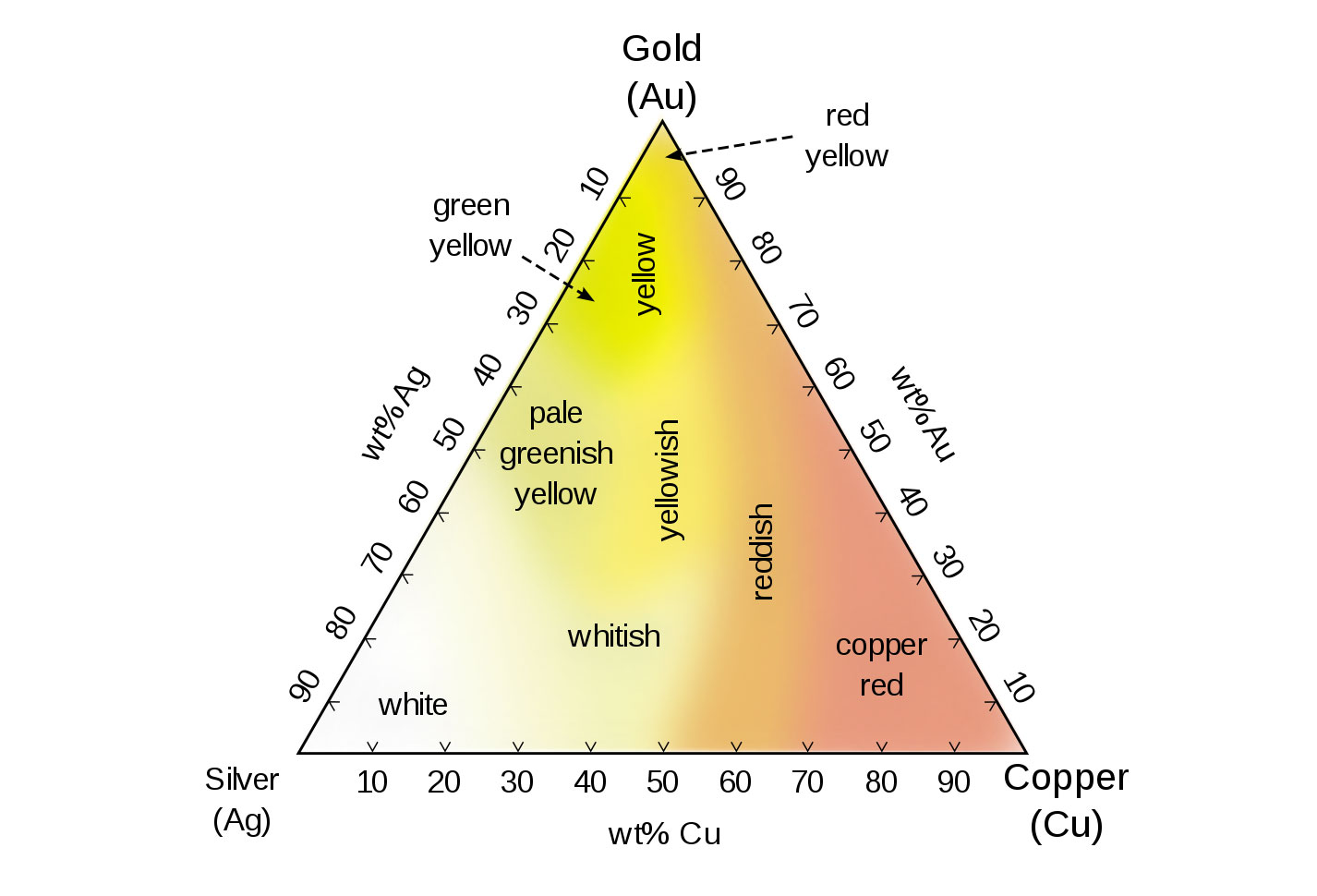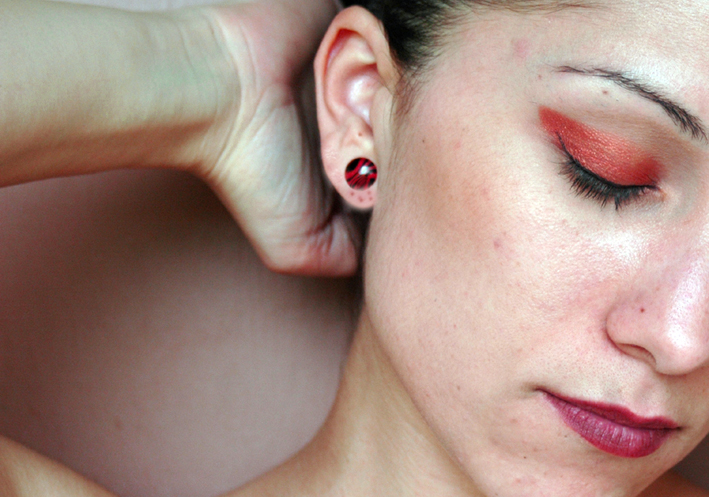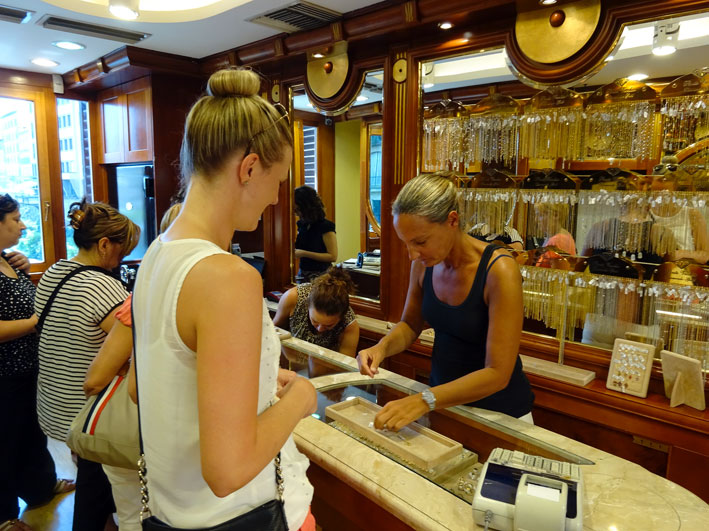Are jewelry bought on stalls or markets dangerous? Cause allergies? In London they discovered… ♦ ︎
The alarm comes time ago from London. But it can be safely extended to the whole of Europe and, perhaps, to the United States, Australia, and so on. The alarm concerns low-cost bijoux that are sold on stalls, markets, and cheap stores. These jewels, which in almost all cases are manufactured in the Far East countries, like China, often contain toxic substances. In short, they cost little, but the money that you save will be spent in medicine.
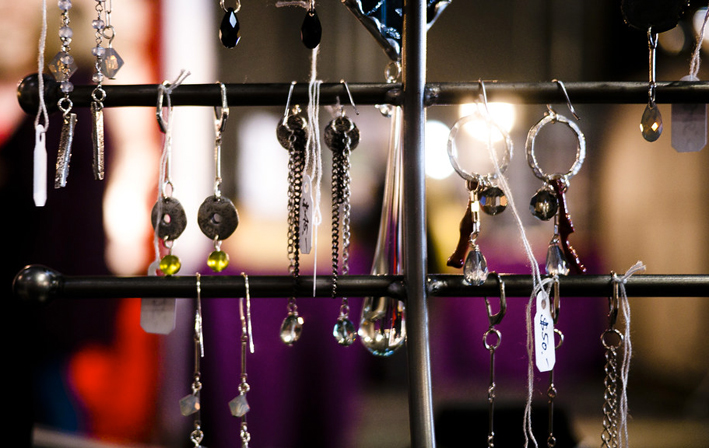
The survey results
According to a survey conducted by London Trading Standards and made known by Professional Jeweler, over half of the necklaces low cost have excessive levels of toxic materials. To find out, 30 metal necklaces were purchased from stalls and stores in London. Bijoux has been analyzed to identify components, in particular lead, cadmium and nickel release, measured according to European parameters (Reach Regulation). Lead and cadmium are toxic metals and only very low levels of jewelery are allowed (0.05% and 0.01% of total weight). Result: on 30 tested necklaces, 19 were not conforming to the rules (63.3%), only 11 variants (36.7%) had acceptable levels of lead, cadmium and nickel while 50% had excess lead, In one case even 82.4%.
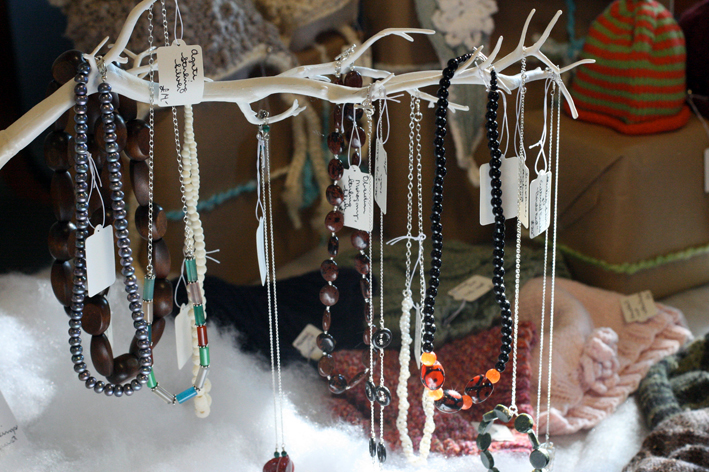
Nickel allergy
Nickel, in particular, is known to create a sensitivity reaction and is the most common cause of contact allergy in Europe. And one of the headed necklaces had a very high nickel rate, over 60% of the maximum allowed.
How to avoid allergies to nickel

You may not know that many metals that you come into contact with are toxic. Here are the 35 most dangerous: antimony, arsenic, bismuth, cadmium, cerium, chromium, cobalt, copper, gallium, gold, iron, lead, manganese, mercury, nickel, platinum, silver, tellurium, thallium, tin, uranium, vanadium and zinc.
When excessive exposure to these metals occurs, you may feel asthenia and fatigue, up to brain damage, to the lungs, kidneys, liver, up to abnormal changes in the composition of the blood.
Of course it is very difficult that a jewel should cause these symptoms. But it should be noted that prolonged contact with these metals can result in progressive muscle and neurological degeneration, with symptoms typical of serious degenerative diseases such as multiple sclerosis, Parkinson’s disease, Alzheimer’s disease and muscular dystrophy, in addition to tumors.
It should be noted that the list also includes metals such as gold and silver, which are not considered harmful. This is undoubtedly true of jewelry. Yet even gold, if inhaled (for example when powdered) or ingested, can be harmful. Furthermore, there is a small group of people who are also allergic to gold.
